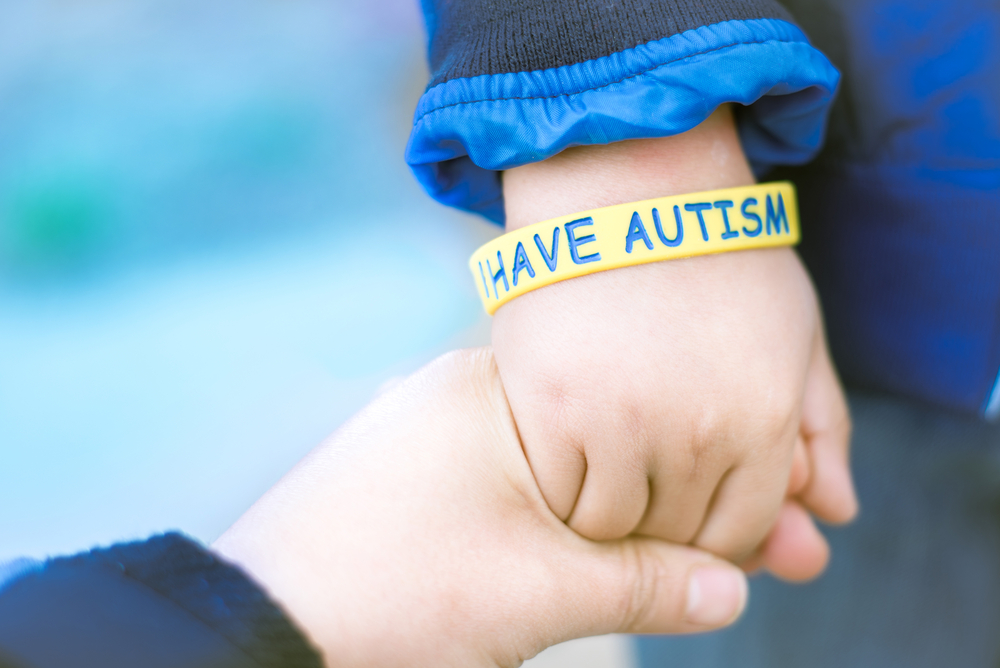Wondering whether autism is on the rise? Well, newly-released research shows a continued increase in the prevalence rate of autism spectrum disorder (ASD), now with 1-in-36 children receiving an autism diagnosis. This 2023 statistical update is part of comprehensive data analyzed by the Autism and Developmental Disabilities Monitoring (ADDM) Network, a program funded by the Centers for Disease Control and Prevention (CDC) to collect data for the well-intentioned purpose to better understand the number and characteristics of children with ASD and other developmental disabilities.
ASD refers to a broad range of conditions characterized by challenges with social skills, repetitive behaviors, speech and nonverbal communication. To review the CDC’s list of signs and symptoms, click here.
Since 2000, the ADDM Network has evaluated data gathered from 11 community sites throughout the United States (in Arizona, Arkansas, California, Georgia, Maryland, Minnesota, Missouri, New Jersey, Tennessee, Utah and Wisconsin). Findings are used to empower researchers, policymakers and service providers to make informed decisions about how to best assist individuals with ASD and/or developmental disabilities and their families.

Do Statistics Show Autism on the Rise?
The ADDM Network’s prevalence of 1-in-36 children is specific to 8-year-olds being diagnosed, compared to the previously reported 1-in-44 of this same age group from 2021. Experts from the Autism Society of America believe that the rise can be attributed to a variety of factors, including an increased rate of diagnosis itself. This means that the prevalence rate is going up, but also that the diagnostic screenings and identifications are improving.
While the rise in diagnosis was present throughout the entire U.S., prevalence varied by location. In the 11 tracked communities, prevalence ranged from 1-in-43 (2.3%) children in Maryland to 1-in-22 (4.5%) in California. These variations could connect to how communities differently diagnose conditions and implement support services. Thus, the ADDM Network offers an important opportunity to compare policies and models of care.
A difference surrounding gender was noted, as in previous reports. ASD prevalence, as tracked by ADDM Network sites, was nearly four times higher among boys than girls.
Are Racial Disparities Declining?
ADDM Network’s findings demonstrate that the percentage of 8-year-old Asian or Pacific Islander, Hispanic and Black children identified with autism was higher than among 8-year-old White children. These shifts may reflect improved screenings, awareness and access to services among historically underserved groups.
“The Autism Society and its network of affiliates have been working to close the racial disparity gap in early screening and diagnosis through education, resource development and community programming to better support these underserved populations,” says Christopher Banks, President & CEO of the Autism Society of America. “It’s important to recognize this improvement; however, the increased prevalence rates means we urgently need increased access to quality supports and services at the federal and state level.”

Pandemic Paused Progress
While there have been improvements in early identification over time, experts believe that the COVID-19 pandemic greatly disrupted progress of screening access. For example, the data reflects that screenings of 4-year-olds were initially on-track to show increased results of early detection, but was abruptly halted in March 2020 and has struggled to recover. This has resulted in long waitlists to receive timely screenings and diagnosis, as well as delaying the opportunity to connect those in need with early interventions and support services.
The delay is of concern because, according to the Autism Society, children who receive an ASD diagnosis by age four are more likely to receive services that lead to improved long-term outcomes. That’s why the Autism Society strongly recommends that children be screened at least three times before the age of three (at 9-, 18- and 24-months respectively).
“Disruptions due to the pandemic in the timely evaluation of children and delays in connecting children to the services and support they need could have long-lasting effects,” said Karen Remley, M.D., director of CDC’s National Center on Birth Defects and Developmental Disabilities. “The data in this report can help communities better understand how the pandemic impacted early identification of autism in young children and anticipate future needs as these children get older.”
Need Educational Tools?
Early identification efforts of autism and other developmental disabilities are among the most important tools communities have to make a difference in the lives of the many impacted. Parents/caregivers, healthcare providers, early childhood educators and the community at large can find empowering education through the CDC’s “Learn the Signs. Act Early.” program (www.cdc.gov/ActEarly). It features free resources in English, Spanish and other languages centered on monitoring early development starting at just two months of age. Plus, the CDC’s Milestone Tracker mobile app can assist families in tracking their child’s progress and then be able to easily share the data with their child’s healthcare providers.
Was your child screened for autism before the age of three? Share with AmeriDisability on Facebook, Twitter and Instagram.






